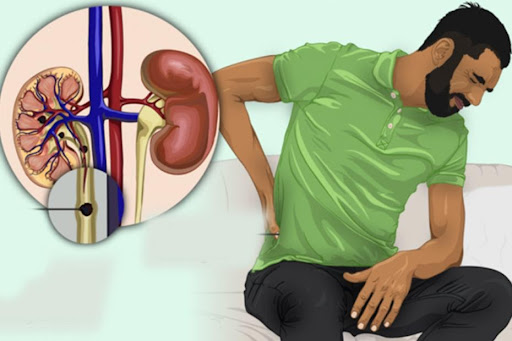We all know that most kidney stones can pass on their own, and You need to take proper advice from the doctor about the surgery and the best treatment to help you solve these issues. Suppose you have a stone lodged in the uterus or the tubes that carry urine from the kidney to the bladder.
It may be a large or painful ureters stone. It obstructs the flow of urine, resulting in infection and bleeding.
Doctors are frequently advising for the treatment by using a most advanced treatment like staghorn stone surgery that is very large and can cause infection and little bile stones. It also develops simultaneously in both ureters and kidneys.
The surgeon performs thousands of kidney surgeries every year. Many of these surgeons involve invasive techniques that do not require a hospital stay. Some of the traditional method and open surgery is commonly known and performed to treat kidney stones. The main goal in any kidney stone removal surgery is to treat all the stones present at once. However, some people suffering from kidney stones need a proper treatment approach where more than one surgery is required to reduce and clean all the stones.
Treatment with Ureteroscopy
The most popular and commonly surgical treatment for kidney stones is nothing but Ureteroscopy using holmium laser lithotripsy. This process is mainly used for breaking up and removing the stone fragments present in the kidney.
In this process, the surgeon inserts a flexible and narrow instrument known as a Ureteroscope through the urethral opening and passing it through the bladder where the stone is located in the kidney or ureter. A small unit of laser fiber is being passed through Ureteroscope for breaking and removing the stone.
This process requires no incision, and it is just an outpatient process where you are provided with general or spinal anesthesia that allows you to go house on the same day.
Do You know shockwave lithotripsy?
In this advanced technique, the surgeon uses X-ray and sound waves for locating and breaking up the stones, which are then passed naturally through urine. This is a procedure that is most often used to treat kidney stones that are less than 2 cm in size and for some softer stones.
This is also used for those stones that are located in the ureter. This procedure is difficult to perform using an outpatient process that allows you to move home on the same day of treatment. The recovery period of this procedure is relatively shorter, and most of the people who are returning to their normal activities are seen in just a few days.
If these kidney stones can’t be broken into small pieces to pass naturally through urine, then the surgeon may install a stent in the ureter that will allow the stone and urine to pass. Sometimes an additional process like percutaneous nephrolithotomy is used after shockwave lithotripsy.
Percutaneous Nephrolithotomy- Need
It is nothing but a surgical process generally used for treating kidney stones with more than two centimeters, and it is much harder to reach the location in the ureter and kidney. In this process, the surgeon makes a small incision In the back by creating a narrow tunnel directly connected to the kidney to break and remove large-shaped stones.
The largest stones need additional surgery for that they can remove completely. A tube is left in the kidney to allow urine drainage out of the body while healing from surgery.
Most people move home on the day of surgery and expect to recover in just 2 to 4 weeks. Doctors also perform mini perc treatment, which is a less invasive version of the above procedure that provides results using a small incision and reduces pain after surgery.






